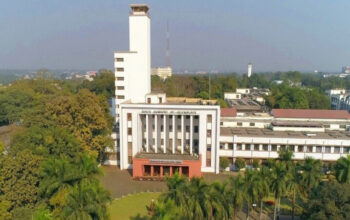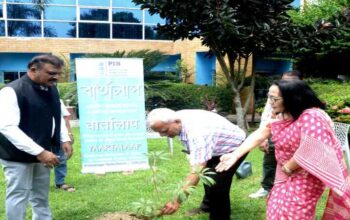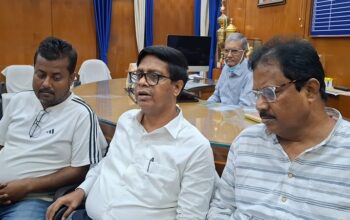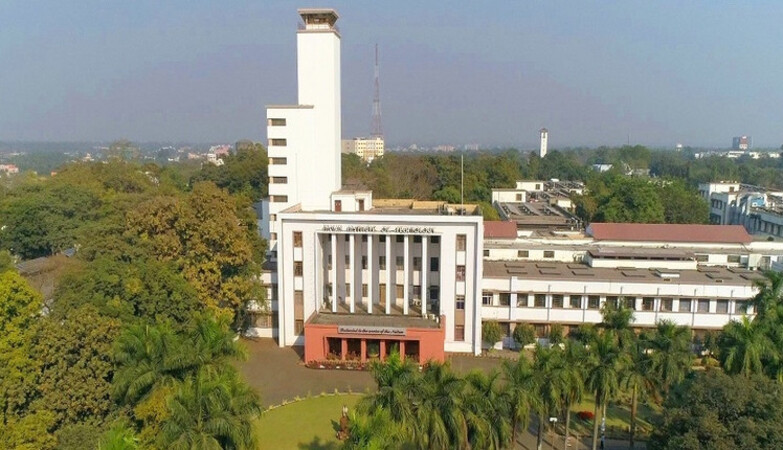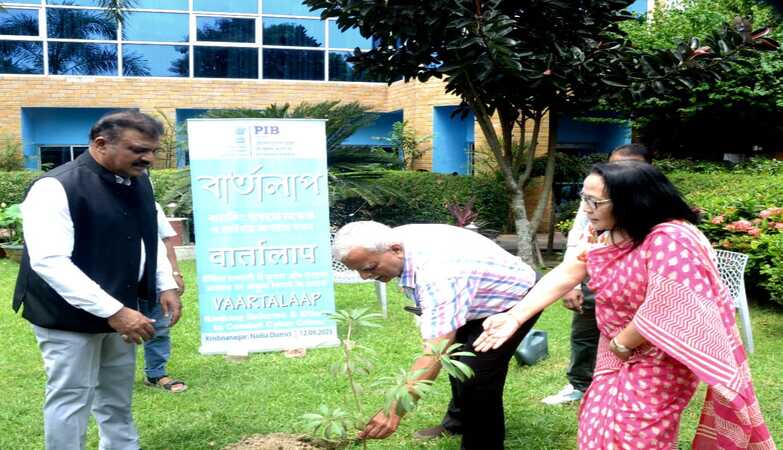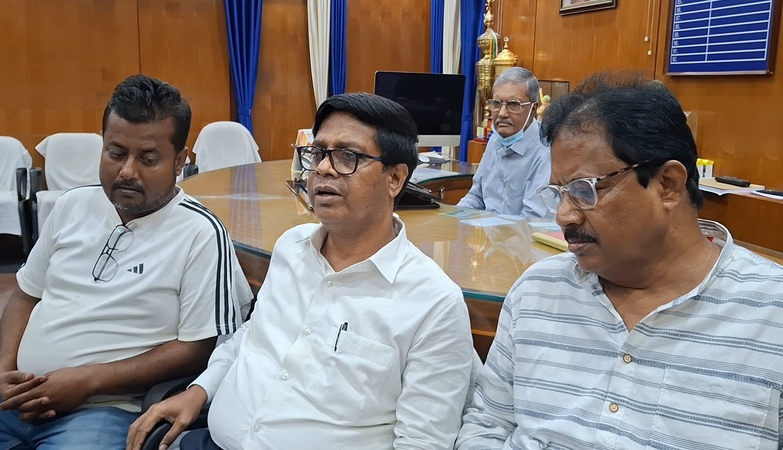Biswabrata Goswami
KRISHNAGAR, 17 JUNE: Once a nondescript dot on Bengal’s political map, Kaliganj has now transformed into a high-stakes arena—where the fight isn’t just for a vacant Assembly seat, but for narrative control over the state’s electoral integrity. As the clock struck 5 pm today, a deafening silence settled over Kaliganj, marking the end of a charged campaign and the beginning of a 48-hour “electoral silence” period before polling on 19 June. But make no mistake—this silence is anything but calm.
With 254,878 voters—comprising 1,31,603 men, 1,23,271 women, and four from the third gender—set to exercise their franchise across 309 booths, the by-election is poised to be a litmus test for the ruling Trinamul Congress (TMC), especially in the wake of the recent teachers’ recruitment scam and the Supreme Court’s job terminations that have shaken public trust.
The seat fell vacant in February following the death of veteran TMC legislator Nasiruddin Ahmed, a two-time MLA and a local political heavyweight. In an emotionally charged move to retain the constituency, the TMC has fielded Ahmed’s daughter, Alifa Ahmed, hoping to cash in on legacy politics. But the Opposition is in no mood to let this pass unchallenged.
The BJP has placed its bet on grassroots leader Ashish Ghosh, while the Congress—now backed officially by the Left Front—has fielded Kabiluddin Sheikh, making it a rare triangular contest. All three candidates have campaigned aggressively, sensing a real shot at upsetting the TMC’s dominance.
What has truly changed the game, however, is the sudden identification of 62 booths as “sensitive”—a stark contrast to Kaliganj’s traditionally calm electoral history. Areas such as Palashi, Jurannpur, Bara Chandghar, and Faridpur have come under the scanner for previous incidents of communal tension, arms recoveries, and repolling—prompting the Election Commission to deploy 14 companies of central forces. The presence of these troops, already conducting flag marches in volatile zones, has added a layer of tension—and hope.
In what many see as a quiet admission of past electoral irregularities, the administration’s move has shifted the balance of confidence. BJP and Congress leaders now see a fighting chance to prevent alleged booth-capturing and vote-rigging, with the presence of central forces acting as a powerful deterrent.
“This is no longer just a by-election—it’s a battlefield for electoral justice,” said BJP candidate Ashish Ghosh. Echoing him, Congress’s Kabiluddin Sheikh remarked, “For the first time, the fears we raised are being acknowledged officially. The people of Kaliganj finally have a chance to vote freely.”
Meanwhile, TMC insiders admit they are treading cautiously. The teacher recruitment scam and recent judicial setbacks have forced the party to rethink its strategy. But they remain confident in the Ahmed family’s legacy and their ground-level network.
Adding to the complexity, the Election Commission has redrawn booth boundaries following a new rule capping the voter count per booth at 1,200, increasing the number of polling stations from 261 to 309—yet another factor that may influence turnout and logistics.
As Kaliganj prepares to vote, all eyes are now on whether this small constituency in Nadia will spark a larger shift in West Bengal’s turbulent political waters. Will sympathy and legacy hold sway, or will security and scrutiny pave the way for a new order?
June 19 will have the answer. For now, Kaliganj holds its breath.


